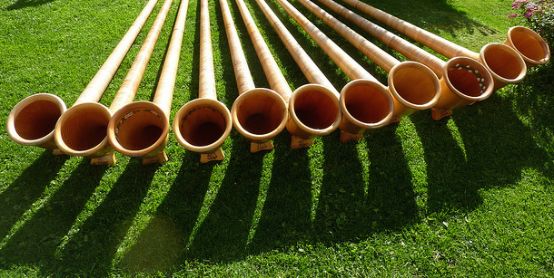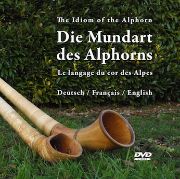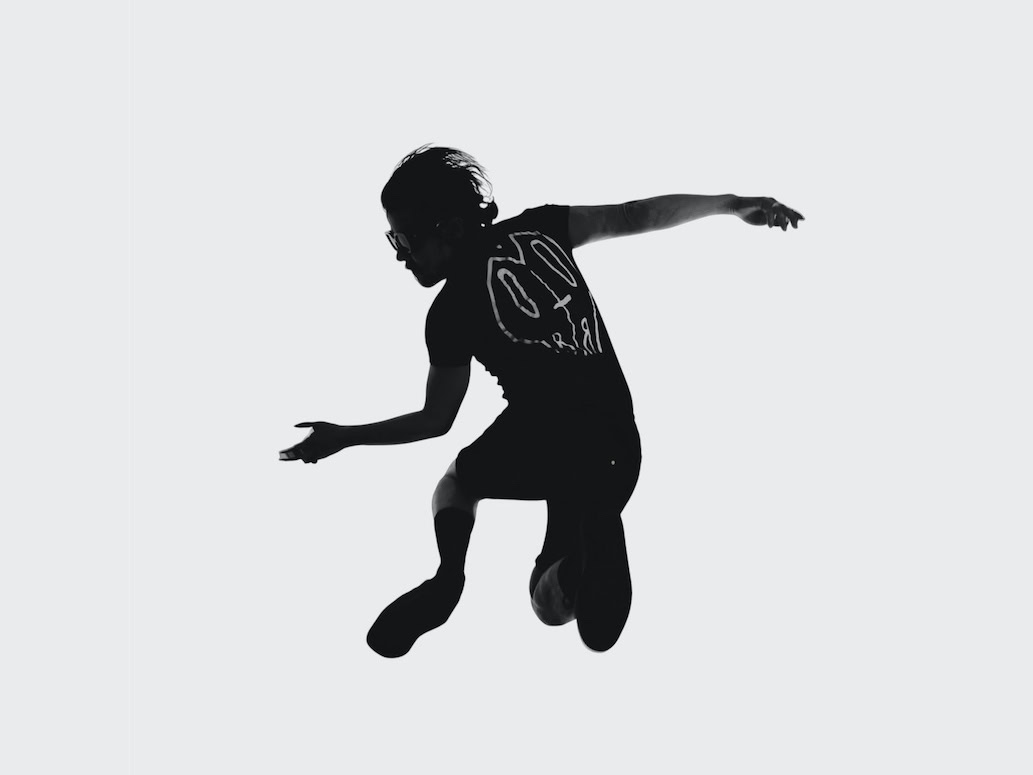Prototypes
Sources of alphorn melody, first published in book form, can now also be experienced as a video document.

Hans-Jürg Sommer taught guitar as a professional music teacher for around forty years, but is also a renowned alphorn player, composer of over 500 works for alphorn - including the famous Moss-Ruef -He is also known as a conductor, course leader and music writer. In 2002, he was awarded the Golden Treble Clef for his musical merits and in 2006 the Music Prize of the Canton of Solothurn for his cultural achievements.
In 2010, Sommer published a 154-page documentary entitled An evaluation and interpretation of historical sources on alphorn melodies (self-published by Oensingen). His aim was to edit old pieces not from the perspective of an ethnomusicologist, but as a player in search of traditional melodies. He collected old notations of rows of carols from the travel literature of the 18th and 19th centuries, as already published in Alfred Leonz Gassmann's Alphornbüechli from 1938 and in other publications, but supplemented them with old sound recordings that have been available since the 1930s and have now been transcribed.
However, the author did not reach all of the 5000 or so alphorn players in Switzerland with this important collection, because many of them can only learn melodies by ear. This realization gave Hans-Jürg Sommer and one of his alphorn partners, Thomas Juchli, the idea of recording the Kühreihen melodies from this collection and setting them in carefully selected Swiss mountain landscapes. The music educator's aim was not simply to visualize the well-known connection between landscape, music and dairy farming in the film, but to present individual parts of six recurring cow rows from the 18th and early 19th centuries in their original function. Initially, the invocation motifs can be heard in ascending melodies. After these introductions, lure and row parts show that cows grazing on the Alps still follow them today in the traditional manner. The discussion about the meaning of the term "rows of cows" is concluded by this natural phenomenon: when the alphorn or other music is played, the cows line up one after the other in a long row. In further sequences, which Sommer calls caesuras, everyone recognizes quiet passages of music during which the alpine herdsman used to wait for the cows in front of the barn. After further lure and row sections, the rows of cows end with a repetition of the introduction and a whoop.
What seems easy to understand in an astonishingly simple commentary in either German, French or English, and is also beautifully presented, is the result of years of painstaking work to reach a general audience and, above all, schoolchildren.
Hans-Jürg Sommer and Thomas Juchli, Die Mundart des Alphorns (dt/frz/eng), DVD No. 802, alphornmusik.ch









